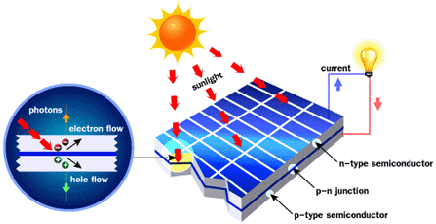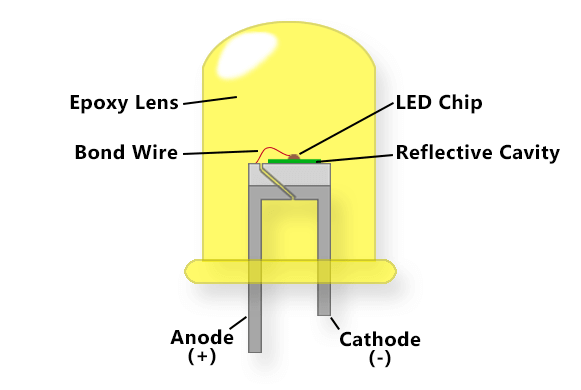There is ongoing confusion about how artificial lighting impacts human vision in darkness. Traditional lighting measurements focus only on lumen output, neglecting color temperature, which significantly affects visibility and perception.
Researchers at UC Berkeley are developing a “cross-over chart” to compare different light spectrums and their effects on human vision. Full-spectrum white light enhances visibility better than monochromatic sources like HPS or LPS lamps, even if they have the same lumen output. The key factor in lighting effectiveness is not just the light generated at the source but how much reflected light reaches the eye.
Color temperature, measured in Kelvin, plays a crucial role in vision. Natural sunlight at noon (5,250K) provides optimal visibility, while lower color temperatures at sunrise or sunset (1,000-2,000K) reduce detail perception. Artificial lights engineered to mimic sunlight improve visual clarity, even if they produce fewer lumens than traditional streetlights like HPS (2,200K) or SOX (1,700K).
Excessive lumen output can also cause glare, reducing visual acuity by forcing the eye to contract. This is a major issue in current street lighting, where high-lumen, low-temperature sources impair visibility rather than improve it.
Lighting engineers still rely on outdated lumen-based measurements without considering color temperature. Until a standardized system incorporating color temperature is developed, lighting applications will continue to be designed inefficiently.
SolarPath utilizes photovoltaic technology where solar cells convert sunlight directly into electricity. These cells are vital for a variety of applications, from powering small devices like desk calculators and iPod chargers to larger systems such as satellites and solar street lighting.
Made from semiconducting silicone materials similar to those in computer chips, these cells generate electricity through the photovoltaic (PV) effect—when sunlight energizes electrons to flow as an electric current


LED technology has been transformative in the field of lighting, known for its efficiency and durability. SolarPath’s LEDs do not have filaments that burn out or emit harmful gases, making them more environmentally friendly compared to traditional lighting.
They are used in various applications, including our LightMark series products, offering longevity from 100,000 to 120,000 hours of operation and minimal heat emission.
Our cutting-edge ultra-capacitor energy storage is employed in all our ground-installed LightMark™ and LightDeco™ series products.
Replacing conventional batteries, ultra-capacitors enhance energy efficiency and sustainability with their quick charge capabilities and robust temperature resistance.
These capacitors ensure prolonged operation and consistent performance under diverse environmental conditions.
Addressing the challenges of road vibrations, SolarPath has developed VibraProof™ technology to protect solar panels and electronic circuitry in our lighting products.
This technology safeguards components from micro-flexing and micro-fractures, thereby extending the operational lifespan and efficiency of our installations in demanding environments.
SolarPath is an active member of the U.S. Green Building Council and the National Wildlife Lighting Council and holds certifications from the International Dark-Sky Association.
These affiliations reflect our commitment to sustainable and wildlife-friendly lighting solutions.

SolarPath is a leading provider of solar and hybrid lighting solutions across North America. Our mission is to illuminate public spaces with smart, sustainable, and cost-effective technologies.
© SolarPath Sun Solutions, All Rights Reserved.